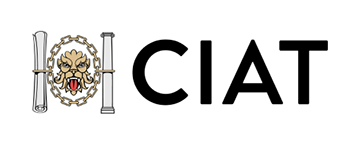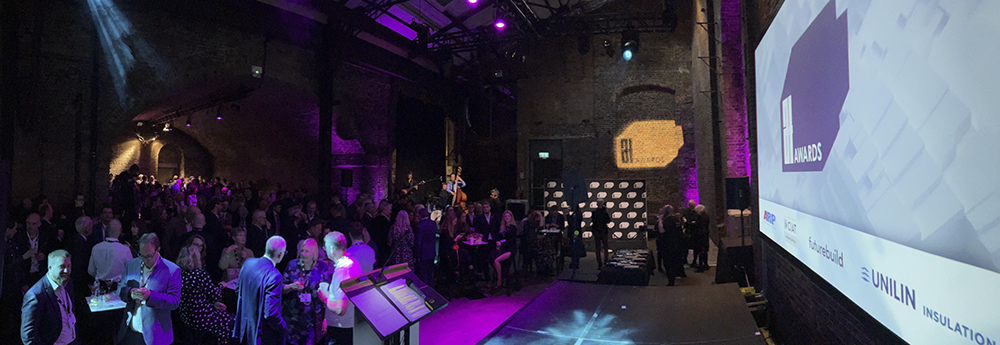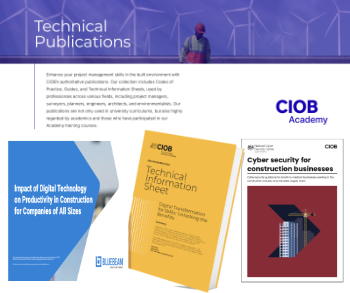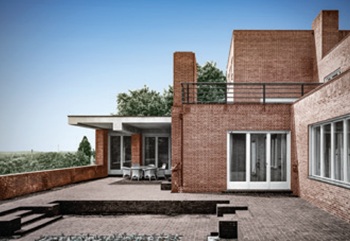The Architectural Technology Awards
Contents |
[edit] A brief introduction to the AT Awards
The AT Awards are CIAT’s premier accolades that demonstrate and recognise outstanding achievement – celebrating Architectural Technology at its best. They are designed to recognise excellence in Architectural Technology globally. The suite of AT Awards are open to all professionals and students; nationally and internationally.
Assessment is based upon the innovative application of Architectural Technology against a set criteria for each Award. Judges look for robust and functional designs that are:
- constructed economically;
- environmentally sustainable;
- and of durable performance.
The Architectural Technology Awards (AT Awards) 2025 recognise the people and projects that demonstrate excellence in Architectural Technology. Entries are open to any organisation or individual, both within the UK and internationally, that practise Architectural Technology. Find out more here : https://architecturaltechnology.com/at-awards.html
[edit] A brief introduction to the CIAT
The Chartered Institute of Architectural Technologists (CIAT) describes itself as ‘…the lead qualifying body for Architectural Technology and represents those practising and studying within the discipline.’
The Chartered Institute of Architectural Technologists (CIAT) is the global membership qualifying body for Chartered Architectural Technologists. It represents those practising and studying within the discipline and profession of Architectural Technology, and qualifies Chartered Architectural Technologists, MCIAT, a regulated profession and protected title under Royal Charter.
Fellow Membership, FCIAT , which may also only be awarded by CIAT, complements the 'Chartered Architectural Technologist' professional qualification and is an acknowledgement of a Chartered Member's significant contribution to and/or excellence in Architectural Technology.
The institute was originally founded as the Society of Architectural and Associated Technicians (SAAT) in 1965 following a report by the Royal Institute of British Architects (RIBA) which recommended the creation of an institute for technicians. In 1986, SAAT became the British Institute of Architectural Technicians (BIAT), then in 1994 the British Institute of Architectural Technologists. On receiving its Royal Charter in 2005 it became the Chartered Institute of Architectural Technologists (CIAT).
It is a membership organisation, funded by, owned by and operated on behalf of its members. It is governed by an Executive Board and Council, both of which are chaired by its president.
CIAT describes its objectives as:
- To promote, for the benefit of society, the science and practice of Architectural Technology.
- To facilitate the development and integration of technology into architecture and the wider construction industry to continually improve standards of service for the benefit of industry and of society.
- To uphold and advance the standards of education, competence, practice and conduct of members of the Institute thereby promoting the interests, standing and recognition of Chartered Members within the industry and the wider society.
[edit] List of previous AT award articles
- 2024
- 2023
- 2021
- AT Awards: 2021 winners
- 2020
- 2019
- 2018
- 2017
--CIAT
[edit] Related articles on Designing Buildings
Featured articles and news
Encourage individuals to take action to save water at home, work, and in their communities.
Takes a community to support mental health and wellbeing
The why of becoming a Mental Health Instructor explained.
Mental health awareness week 13-18 May
The theme is communities, they can provide a sense of belonging, safety, support in hard times, and a sense purpose.
Mental health support on the rise but workers still struggling
CIOB Understanding Mental Health in the Built Environment 2025 shows.
Design and construction material libraries
Material, sample, product or detail libraries a key component of any architectural design practice.
Construction Products Reform Green Paper and Consultation
Still time to respond as consultation closes on 21 May 2025.
Resilient façade systems for smog reduction in Shanghai
A technical approach using computer simulation and analysis of solar radiation, wind patterns, and ventilation.
Digital technology, transformation and cybersecurity
Supporting SMEs through Digitalisation in Construction.
Villa Wolf in Gubin, history and reconstruction. Book review.
[[w/index.php?title=W/index.php%3Ftitle%3DW/index.php%3Ftitle%3DW/index.php%3Ftitle%3DW/index.php%3Ftitle%3DW/index.php%3Ftitle%3DConstruction_contract_awards_down_1bn%26action%3Dedit%26redlink%3D1%26action%3Dedit%26redlink%3D1%26action%3Dedit%26redlink%3D1%26action%3Dedit%26redlink%3D1%26action%3Dedit%26redlink%3D1&action=edit&redlink=1|Construction contract awards down £1bn]]
Decline over the past two months compared to the same period last year, follows the positive start to the year.
Editor's broadbrush view on forms of electrical heating in context.
The pace of heating change; BSRIA market intelligence
Electric Dreams, Boiler Realities.
New President of ECA announced
Ruth Devine MBE becomes the 112th President of the Electrical Contractors Association.
New CIAT Professional Standards Competency Framework
Supercedes the 2019 Professional Standards Framework from 1 May 2025.
Difficult Sites: Architecture Against the Odds
Free exhibition at the RIBA Architecture Gallery until 31 May.
PPN 021: Payment Spot Checks in Public Sub-Contracts
Published following consultation and influence from ECA.
Designing Buildings reaches 20,000 articles
We take a look back at some of the stranger contributions.
Lessons learned from other industries.




























